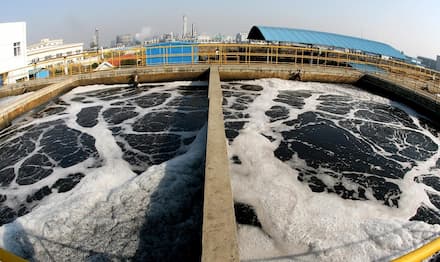Foam generation is a common issue in the construction materials industry, particularly in cement, concrete, and plaster production. The presence of foam can lead to defects such as air pockets, reduced material strength, and inconsistent surface finishes. To mitigate these challenges, construction materials defoamers are widely used to remove foam and improve material quality. Below are several effective methods for eliminating foam in construction materials using defoamers.
1. Direct Addition of Defoamers
One of the most common methods is the direct addition of defoamers to the cement, concrete, or plaster mixtures. The defoamer is typically added at a low dosage directly into the mixture during the production process. This method ensures that the defoamer is evenly distributed, helping to break down and prevent foam formation, resulting in stronger and more consistent material.
2. Surface Application
In some cases, foam may form on the surface of the mixture during the production process. A surface application of defoamer can be effective in such scenarios. This method involves spraying or applying the defoamer directly onto the foam on the surface of the material. The defoamer penetrates the foam layer, causing it to break down quickly and reducing the risk of defects in the final product.
3. In-line Injection
For large-scale construction material production, an in-line injection of defoamer into the production system is highly effective. This method involves injecting the defoamer directly into the processing lines where cement or concrete is being mixed. It allows for continuous foam control and ensures that the defoamer is integrated throughout the entire production process. This is especially useful in high-volume industrial settings.
4. Batch Pre-treatment
In certain situations, construction materials can be pre-treated with defoamers before they are processed. This is done by mixing the defoamer with raw materials during a pre-treatment phase, ensuring that foam is controlled throughout the entire production cycle. This method is effective for applications that require precise foam control to achieve optimal material performance.
5. Application via Admixtures
Construction materials often contain various admixtures to improve their properties. Defoamers can be incorporated into these admixtures to provide foam control throughout the production and curing process. This method ensures consistent foam reduction without the need for additional steps or treatment.
By using these methods to eliminate foam, construction material producers can significantly enhance the quality, durability, and overall performance of their products.
Click on the related products links:RK-1210S(High efficiency Water Based Defoamer) / RK-1215A(Water-based Silicone Antifoam Agent)
